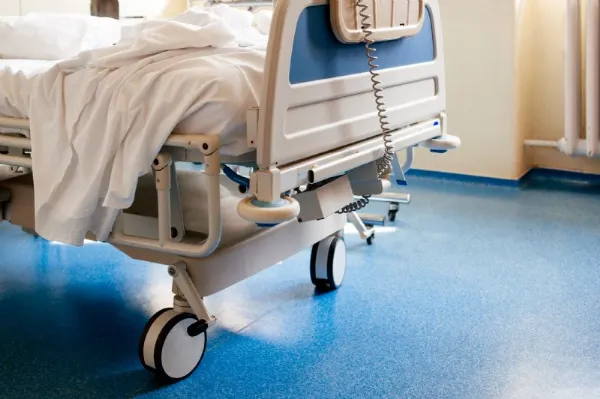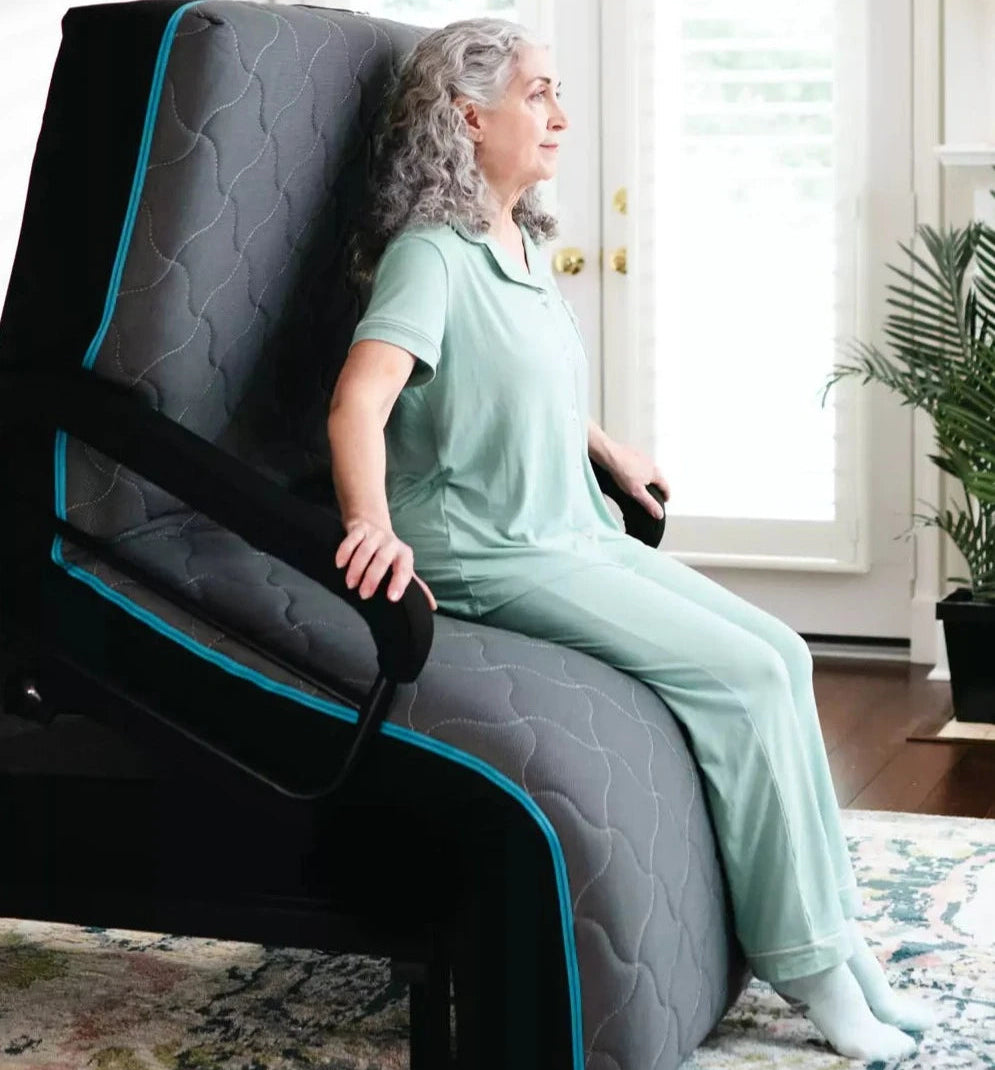A Biased View of Hospital Beds For Home Use
A Biased View of Hospital Beds For Home Use
Blog Article
Fascination About Hospital Beds For Home Use
Table of ContentsTop Guidelines Of Hospital Beds For Home UseSome Ideas on Hospital Beds For Home Use You Should KnowThe 10-Second Trick For Hospital Beds For Home UseHow Hospital Beds For Home Use can Save You Time, Stress, and Money.About Hospital Beds For Home UseThe smart Trick of Hospital Beds For Home Use That Nobody is DiscussingWhat Does Hospital Beds For Home Use Do?
All modifications are regulated electrically, which is simple to run and very precise. It is appropriate for events where patients have restricted movement or need to adjust their pose regularly. Next off, we will certainly check out the qualities, uses, and Advantages and disadvantages of each type of hospital bed extensive. A manual hospital bed is one of the most standard sort of health center bed, and all change features are attained through a hand-cranked gadget.These hand-cranked devices are typically mounted at the foot or side of the bed, and the caregiver or individual can change the height or tilt angle of the bed by drinking the take care of. Considering that no electric parts are needed, are generally more affordable than electric health center beds, appropriate for clinical establishments or families with minimal spending plans.
Some Known Questions About Hospital Beds For Home Use.
For clients that require to readjust their stance or height regularly, manual beds might not be practical enough since each adjustment needs manual procedure. If the bed requires to be adjusted often, nursing personnel might need to spend even more physical strength to run the hand-cranked device - hospital beds for home use. Manual beds are normally ideal for individuals in the recovery period or events with reduced nursing demands
Typically, the change of the back and legs is regulated by electric motors, while the total height adjustment still needs to be done manually. The function of this style is to reduce prices and power consumption while keeping high functional benefit. Contrasted with manual medical facility beds, semi-electric medical facility beds are easier in readjusting the back and legs, specifically for people who require to adjust their stance often.
Considering that just some functions depend on electrical power, semi-electric hospital beds take in less power during usage. Given that the general elevation still needs to be readjusted manually, it might not be as practical as fully electrical medical facility beds for clients who require to change the bed height regularly. Compared to hands-on healthcare facility beds, semi-electric healthcare facility beds are slightly much more complicated to run, calling for customers to master the combination of electrical and manual procedures.
Electric medical facility beds have high change precision and can be specifically adapted to a particular angle and elevation according to the requirements of clients to offer the most comfy assistance. All-electric health center beds are typically furnished with a range of extra functions, such as integrated ranges, cushion pressure adjustment, etc, to meet the special requirements of different people.
7 Easy Facts About Hospital Beds For Home Use Described
A low bed is a specifically created medical facility bed that can be changed to a really reduced level, normally only a few inches from the ground. The purpose of this design is to decrease the danger of individuals falling from the bed, particularly for people that go to danger of dropping, such as the elderly or patients with minimal mobility.

The Ultimate Guide To Hospital Beds For Home Use
offer a care environment suitable for youngsters's elevation and body shape, raising the convenience and security of kids. Some pediatric beds are additionally furnished with brightly tinted bed rails or cartoon designs to lower the worry of youngsters in the hospital atmosphere. For kids that need to remain in bed for a lengthy time, pediatric beds are generally furnished with anti-bedsore mattresses, adjustable bed rails and other functions to give thorough treatment support.
The distribution bed is also equipped with postpartum recuperation functions, such as mattress change, bed home heating, and so on, to assist mothers recover much faster. The intensive care bed (ICU Bed) is created for the critical care unit (ICU) and has comprehensive monitoring and nursing features. This sort of bed is usually equipped with user interfaces for a range of monitoring devices, which can check the person's important indicators in real time, such as heart rate, high blood pressure, respiration, etc.
The Buzz on Hospital Beds For Home Use
The intensive treatment bed has a completely electrical change function, which can swiftly change the angle and position of the bed to meet the demands of various therapies and care. The style of ICU bed takes into consideration the requirement of rescue procedure. The bed can be rapidly adapted to the most appropriate rescue stance and work together with making use of rescue equipment.
It can efficiently separate clients from the outdoors and reduce the threat of infection transmission. Isolation beds are normally furnished with special bed drapes or sealing covers and attached to air filtration systems to keep the air around the bed tidy. Isolation beds are specifically developed to stop the spread of pathogens from infectious people and safeguard the safety of other patients and medical staff.
Isolation beds are outfitted with air filtration systems that can filter microorganisms and particulate matter in over here the air to check here keep the air around the bed tidy. Can additionally be changed to various settings.
Some Known Details About Hospital Beds For Home Use
Larger and sturdier than a standard bed. Overweight, obesity, individual sizeDesigned for clients at risk of falling out of bed. Reduced to the ground than a conventional bed. Patient falls, bed heightDesigned for children. Smaller sized in size than a standard bed. Pediatrics, child-sized equipmentUsed during childbirth. Furnished with features such as stirrups and a headrest.

In a health care setting, selecting the ideal bed can not only boost the performance of treatment, but additionally substantially enhance client comfort and safety. By recognizing the types and uses of these beds, health care facilities and household caregivers can much better support and look after their clients.
The Only Guide to Hospital Beds For Home Use
HomeCare Medical Facility Beds, a division of DiaMedical United States, is dedicated to giving complete transparency for its consumers. Individuals can be overwhelmed by the different options in lengthy term care items, and HomeCare Healthcare facility Beds is committed to enhancing this process, while guaranteeing clients see page get the information and assistance they require.
Medicare Component B (Medical Insurance) covers healthcare facility beds as long lasting medical equipment (DME) that your doctor suggests for use in your home. After you satisfy the Component B insurance deductible you pay 20% of the Medicare-approved quantity (if your supplier approves task). Medicare spends for various type of DME in different means.

Report this page